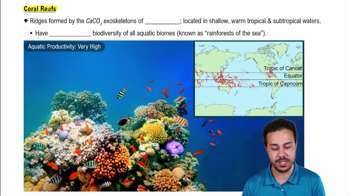Which of the following is critical to the function of most exoskeletons, endoskeletons, and hydrostatic skeletons?
a. Muscles interact with the skeleton in antagonistic groups.
b. Muscles attach to each of these types of skeletons via tendons.
c. Muscles extend joints by pushing skeletal elements.
d. Segments of the body or limbs are extended when paired muscles relax in unison.





